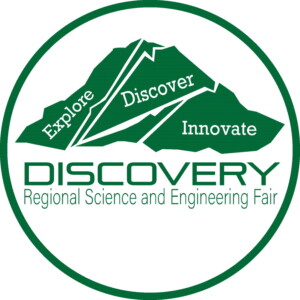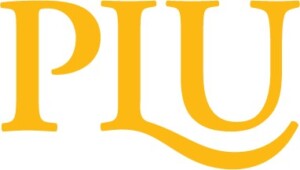K-5
Select a Project
We value original project ideas at all grades. We believe duplicating previous research is worthwhile, especially if some parameters of the project are changed. We believe that doing so will support student learning.
We ask that each student who selects an internet project tells us the source and what they changed.
Here are some websites with projects. There are many levels of complexity. If you find project ideas from these sources, we ask you to do the following:
-
- If you do not do an original project, please pick something appropriately complex. There are projects shown that are too simple and some that are far too complicated.
- Include your source on your project, as well as a list of what you changed to make it your project. At least one of these sources offers suggestions on ways to make it your project.
https://www.sciencebuddies.org/science-fair-projects/science-projects
https://www.education.com/science-fair/
https://www.need.org/need-students/science-fair-projects/
6-8
Select a Project
For older students we encourage original projects. While you may find an interesting internet project, consider major modifications to make it original. Also see 9-12 project criteria for how to organize an outstanding project.
9-12
Selecting and Completing Projects
Outstanding projects at the International Science and Engineering Fair (ISEF) have these characteristics:
-
- Most are original work.
- Address a real world need. Justify it with data, economics and statistics.
- Concise problem statement, hypothesis or project goal.
- Logical methodology. Easy to understand.
- Easy to understand display of raw data and data analysis. Statistical analysis must be valid.
- For engineering projects, often a second improved prototype but not absolutely required.
- Very clear discussion of data analysis/results related to the real world problem or issue.
- Conclusion tied directly to the problem statement or hypothesis.
- Developed something new or discovered a new relationship in science.
Other considerations:
- Many projects now include machine learning. We are considering requiring some ML validation assessments.
- Boards or slides with dense text are difficult for judges. At ISEF this year all had to be boiled down into 12 or fewer slides.
- Background color, designs and excessive photographs looks like filler.
- Too many complex technical explanations or too many obscure words may not help with judging.
- Selecting a one-off category may result in judges who are not familiar with the core work of the project. Trying to guess a category to enter where there might be less competition may be a bad idea.





